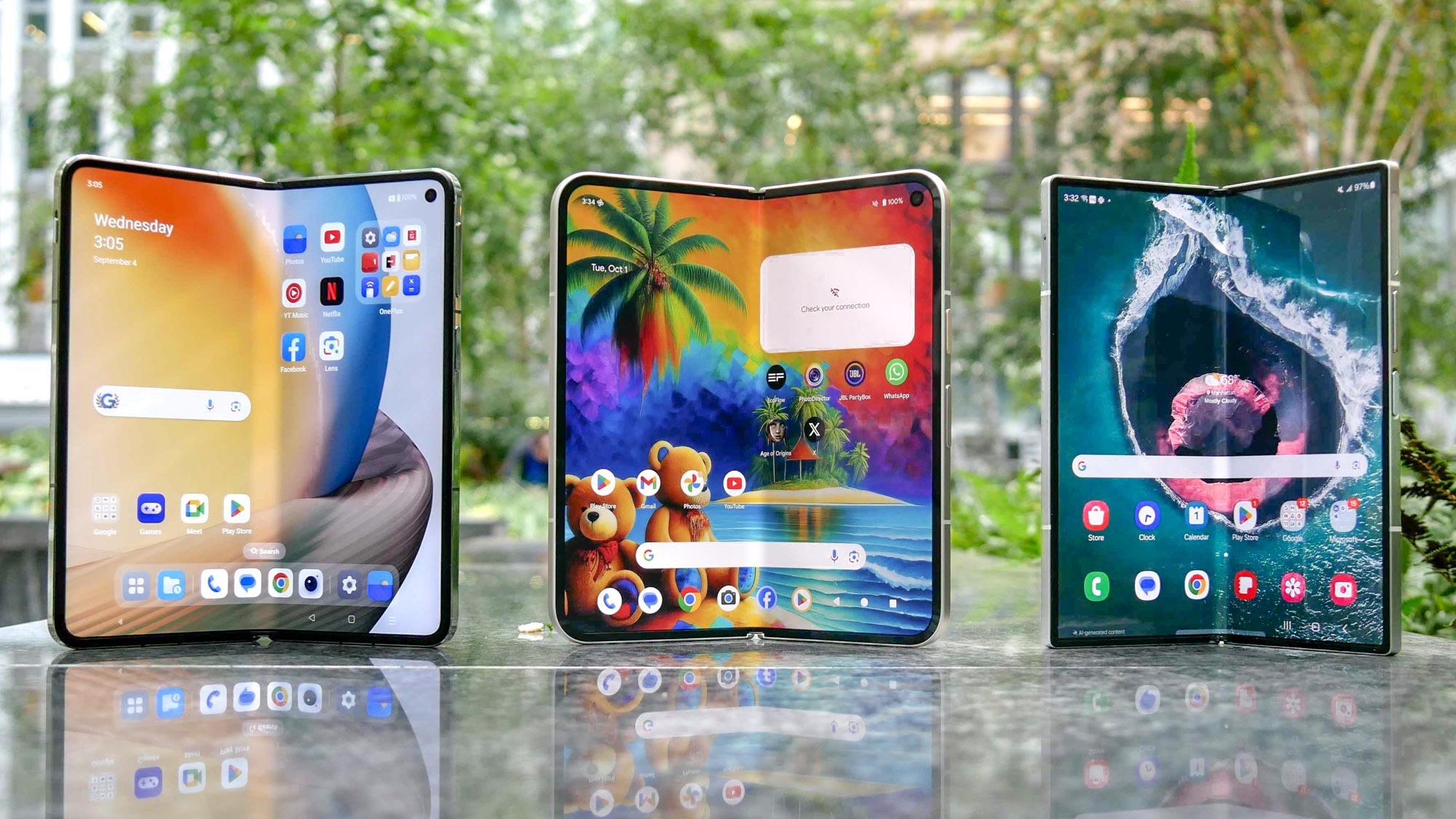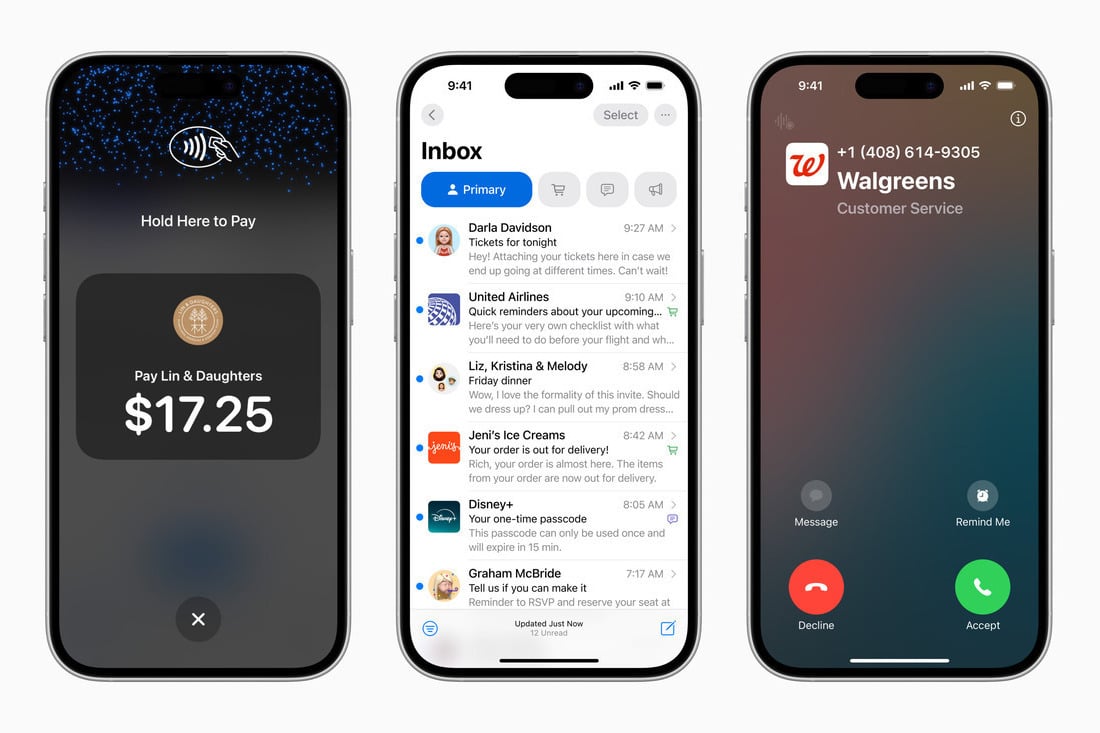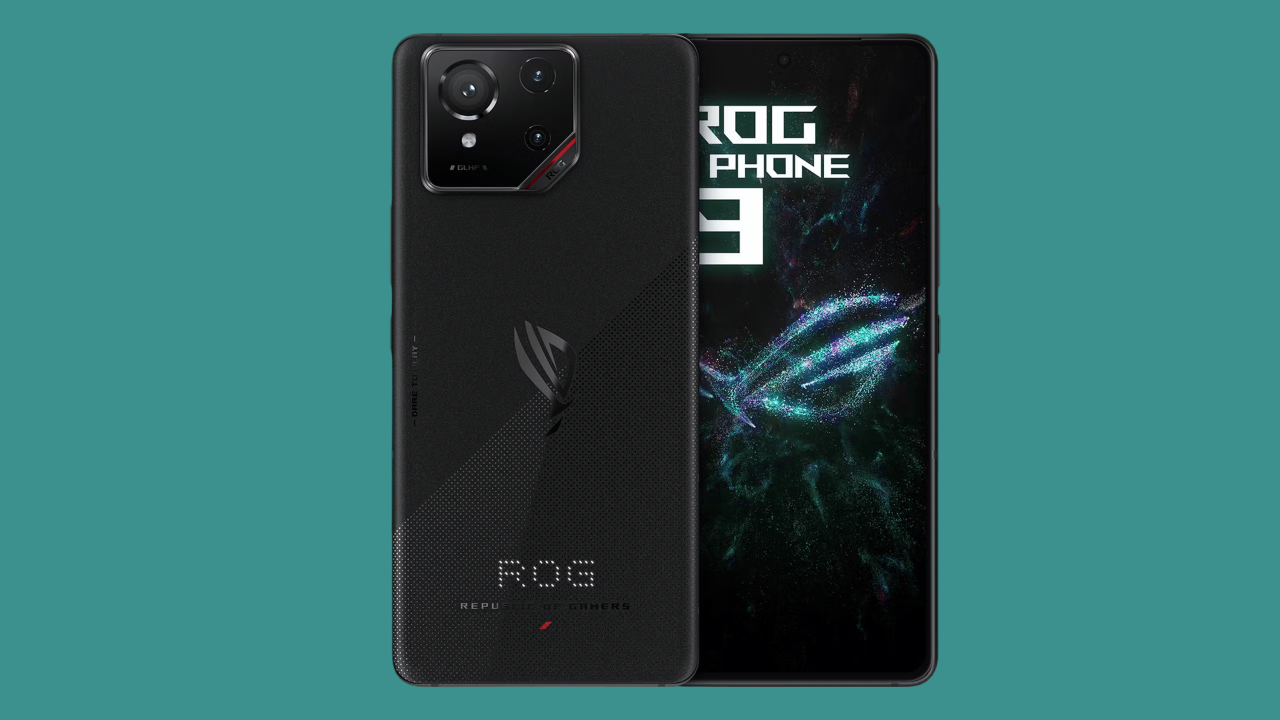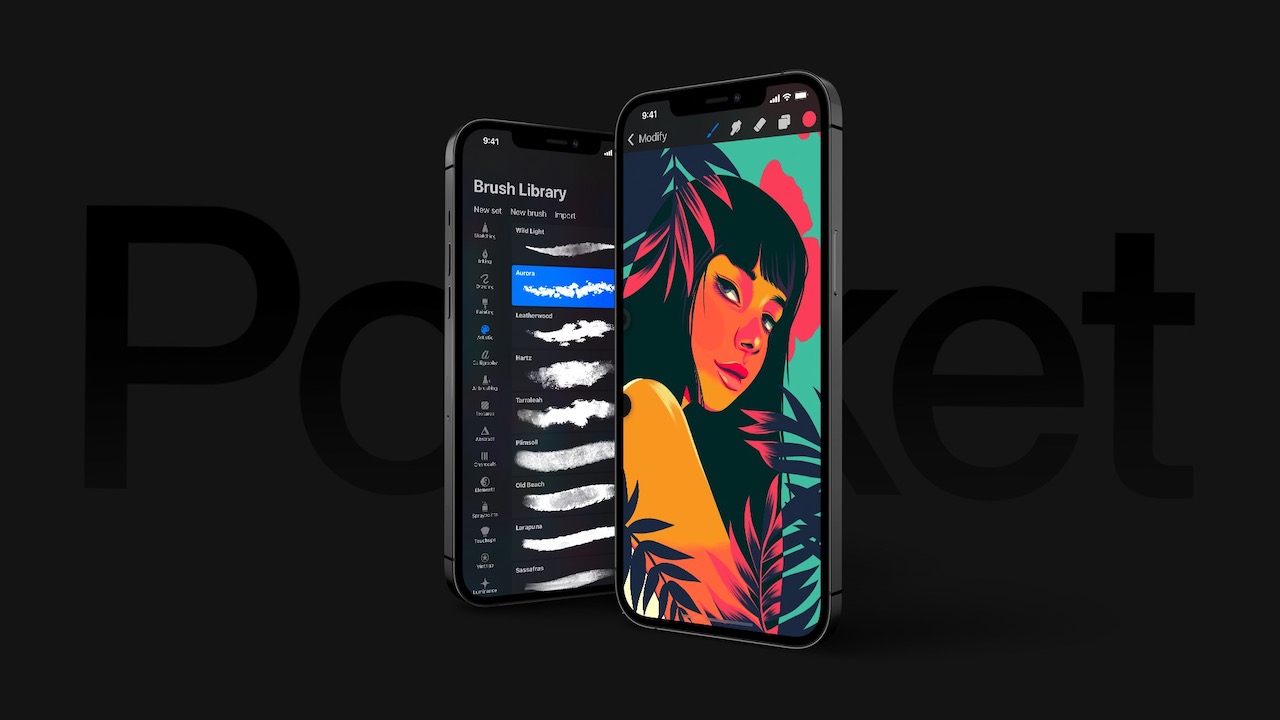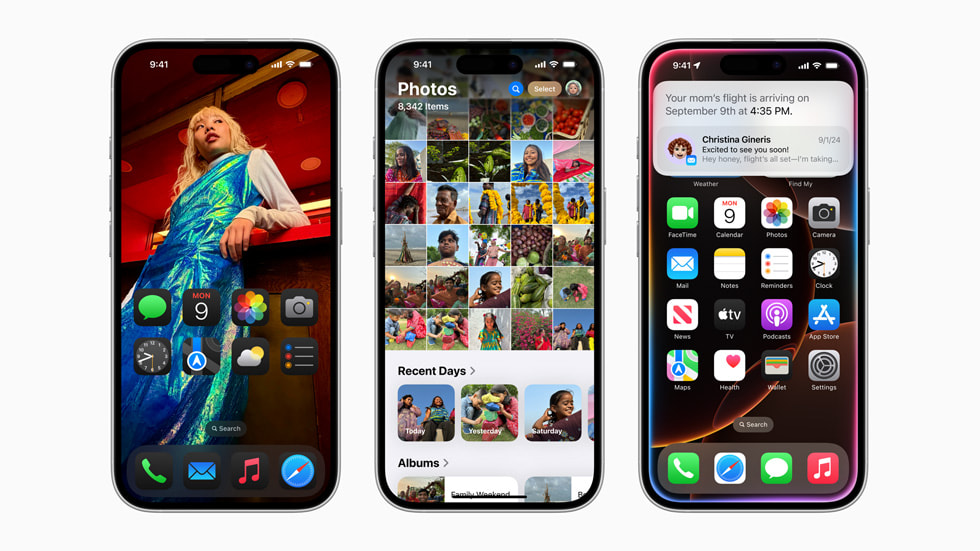The battle between the best foldable phones and the best bar phones is heating up in 2025, with consumers divided over which design truly reigns supreme. As smartphone technology continues to evolve, manufacturers are pushing the boundaries of innovation, delivering devices that cater to both functionality and aesthetics. Foldable phones, with their futuristic appeal and larger displays, have gained traction among tech enthusiasts, while traditional bar phones remain the gold standard for reliability, durability, and practicality. With both styles offering unique advantages, choosing between them comes down to individual preferences, needs, and the way we interact with our devices daily.
Over the past few years, foldable phones have transitioned from a niche category to a mainstream alternative, thanks to improvements in durability, hinge technology, and software optimization. Leading brands like Samsung, Google, and OnePlus have refined their foldable offerings, making them more practical for everyday use. On the other hand, bar phones—also known as candy bar smartphones—continue to dominate the market, with powerhouses like Apple and Samsung pushing the envelope in terms of camera technology, processing power, and battery efficiency. With both styles evolving rapidly, the question remains: Which is the better choice in 2025?

To help you decide, we’ll explore the key aspects of foldable and bar phones, including their advantages, drawbacks, performance, durability, usability, and price considerations. Whether you prioritize a large immersive display or the ease of a compact, sturdy device, this in-depth comparison will help you determine which smartphone style best suits your lifestyle.
Design and Build Quality: Aesthetics vs. Durability
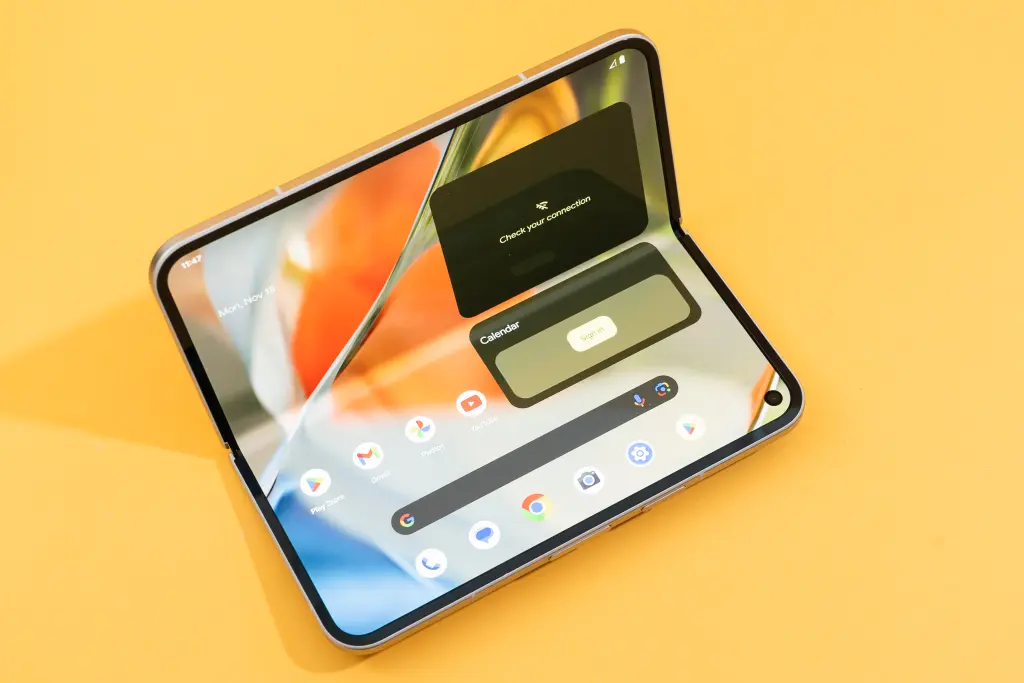
Foldable Phones: The Future of Smartphone Design
Foldable smartphones have revolutionized mobile design by offering a flexible form factor that combines portability with a larger screen experience. These devices typically come in two main styles: clamshell (flip-style) and book-style (tablet-like). The most popular foldable models, such as the Samsung Galaxy Z Fold 5, Google Pixel Fold, and OnePlus Open, feature foldable OLED displays that seamlessly transition between a compact and expanded mode.
One of the main benefits of foldable phones is their ability to provide a larger display in a pocket-friendly form factor. Whether you’re multitasking, gaming, or consuming media, the ability to unfold into a tablet-sized screen significantly enhances the user experience. Furthermore, advancements in hinge technology have made foldable devices more durable than ever, reducing the risk of screen creases and mechanical failures.
However, foldable phones are still more fragile than bar phones. The presence of moving parts, foldable screens, and ultra-thin glass makes them more susceptible to damage from drops, dust, and wear over time. While manufacturers have improved water resistance and hinge longevity, durability remains a concern for heavy users.
Bar Phones: The Time-Tested Standard
Bar phones, also known as traditional smartphones, have retained their classic slab-like design, offering a solid and reliable build. Devices such as the iPhone 15 Pro Max, Samsung Galaxy S24 Ultra, and Google Pixel 8 Pro feature premium materials like aluminum, titanium, and Gorilla Glass, making them highly durable and resilient.
One of the key advantages of bar phones is their proven durability. Unlike foldables, bar phones don’t have hinges or flexible screens, reducing the risk of mechanical failures. Additionally, they tend to have better water and dust resistance, making them ideal for users who need a rugged and long-lasting device. While they may not offer the versatility of a foldable display, bar phones remain the preferred choice for those who prioritize dependability and ease of use.
Display and Usability: Multitasking vs. Simplicity
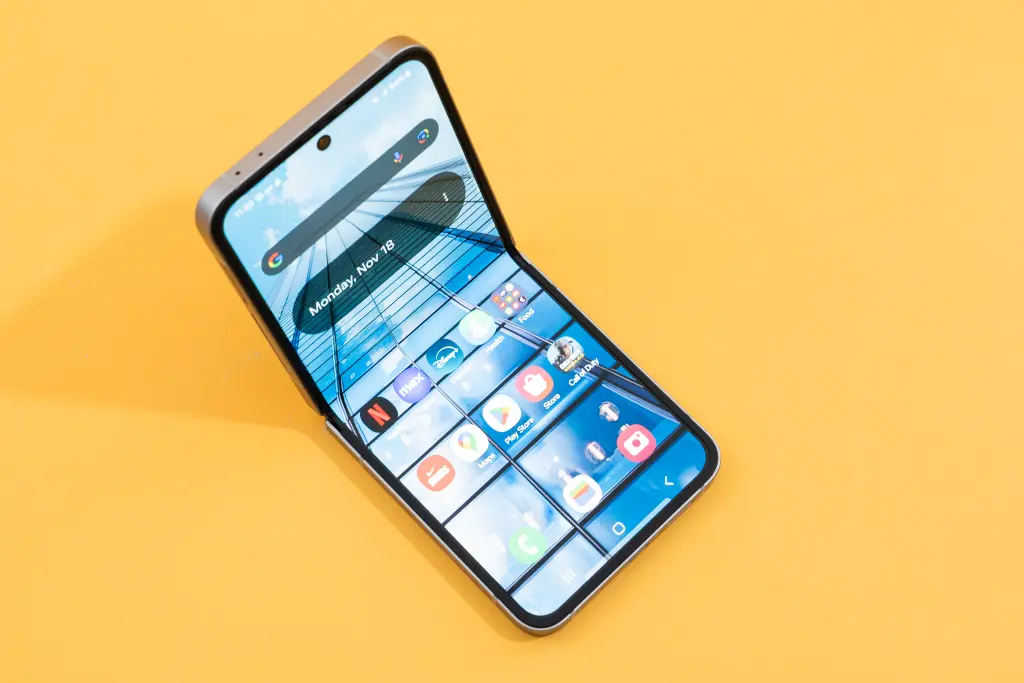
Foldable Phones: Bigger, Better, and More Versatile
A major selling point of foldable phones is their larger and more versatile displays. With an unfolded screen size ranging from 7 to 8 inches, these devices offer a near-tablet experience in a compact form factor. This makes them perfect for gaming, streaming, reading, and multitasking. Many foldables support advanced multitasking features, such as split-screen mode, floating windows, and optimized app experiences that make productivity seamless.
However, not all apps are optimized for foldable screens, which can lead to inconsistent user experiences. Additionally, the presence of a crease in the middle of the screen, although improved, is still noticeable on many models.
Bar Phones: Seamless Experience with Optimized Displays
Bar phones may not have the futuristic appeal of foldables, but they excel in usability and optimization. Flagship models feature high-refresh-rate OLED displays (120Hz to 144Hz) with incredible brightness, color accuracy, and touch responsiveness. Since bar phones have been the industry standard for years, all apps are fully optimized for their aspect ratios, providing a smoother and more consistent user experience.
Moreover, a bar phone’s one-handed usability is a major advantage. Unlike foldables, which often require both hands to operate comfortably when unfolded, bar phones are simpler and more ergonomic for everyday use.
Performance and Battery Life: Power vs. Efficiency
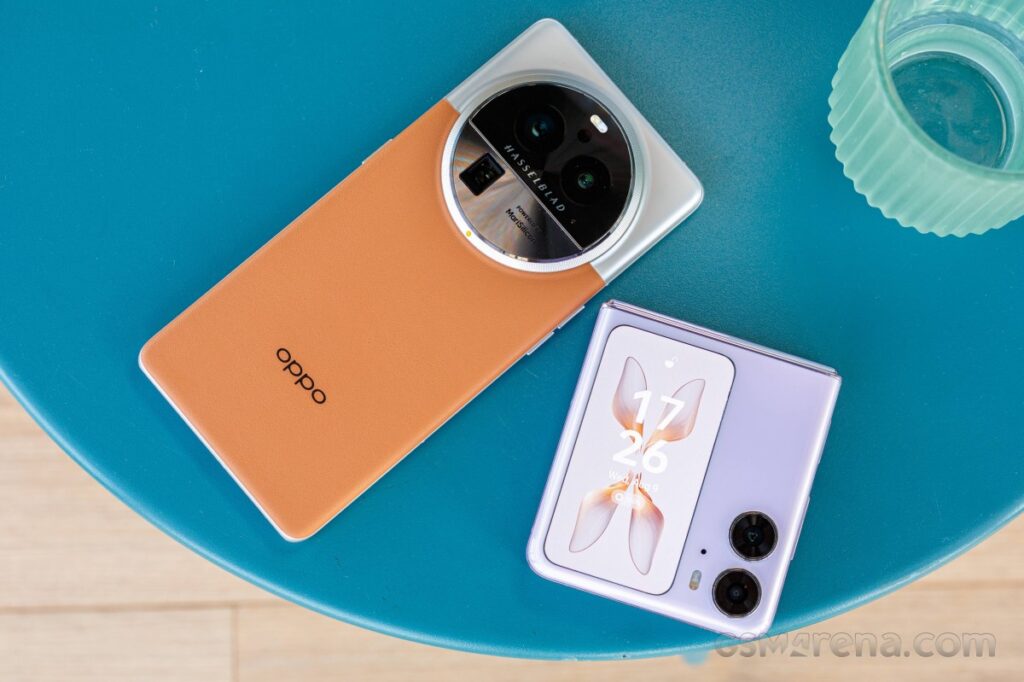
Foldable Phones: High Performance with Trade-offs
Most high-end foldable phones feature top-tier chipsets such as the Snapdragon 8 Gen 3 or Google Tensor G3, ensuring fast performance for gaming, productivity, and media consumption. With multiple screens and a larger display area, foldables require more power, leading to higher battery consumption.
While modern foldables have improved battery life, they still struggle to match the endurance of traditional bar phones. The additional power draw from the large foldable display means most foldable devices last one full day with moderate use, whereas bar phones often last longer due to their more efficient power management.
Bar Phones: Longer Battery Life and Efficiency
Bar phones benefit from larger batteries relative to their display size and optimized power management. Devices like the iPhone 15 Pro Max and Samsung Galaxy S24 Ultra boast exceptional battery efficiency, often lasting 1.5 to 2 days on a single charge. They also support faster charging technologies, with some models offering 100W+ fast charging, reducing downtime.
For users who rely heavily on battery life for travel, business, or outdoor activities, a bar phone remains the better choice.
Price and Value: Are Foldables Worth It?
Foldable Phones: Premium Price for Innovation
Foldable phones remain significantly more expensive than traditional bar phones, with flagship models ranging from $1,500 to $2,500. While the high price reflects cutting-edge innovation, it may not justify the added expense for users who do not need a foldable display. Additionally, repair costs for foldables are much higher, making accidental damage a costly issue.
Bar Phones: More Affordable with More Choices
Bar phones offer a wider range of pricing options, from budget-friendly models ($300-$500) to flagship devices ($1,000+). With more choices and longer software support, bar phones present better value for the average consumer.
Conclusion
The decision between the best foldable phones and the best bar phones in 2025 ultimately comes down to your specific needs and preferences. If you prioritize a large, immersive display with enhanced multitasking capabilities, a foldable phone may be the better choice. However, be prepared for a higher price tag and potential durability concerns.
On the other hand, if you value reliability, durability, battery life, and cost-effectiveness, a traditional bar phone remains the superior option. With a proven track record of longevity and seamless usability, bar phones continue to be the preferred choice for many users.
As technology advances, foldable phones will likely become more refined, affordable, and durable, closing the gap with bar phones. Until then, choosing between these two styles depends on whether you prioritize innovation or practicality in your next smartphone.

